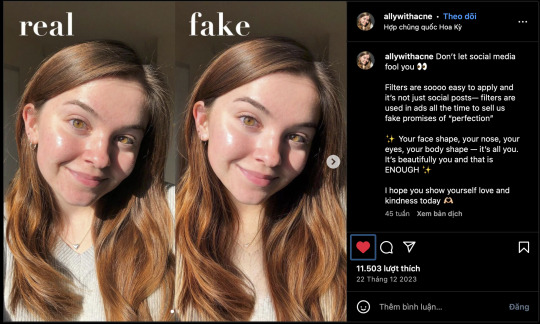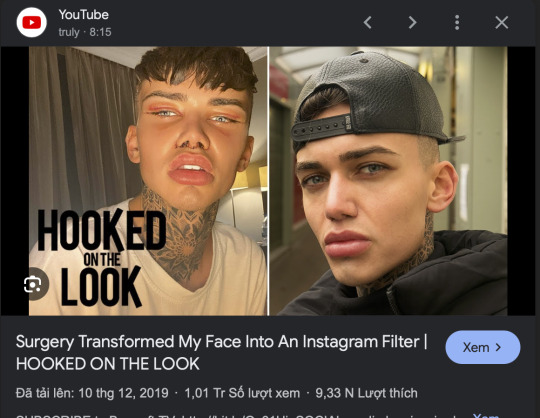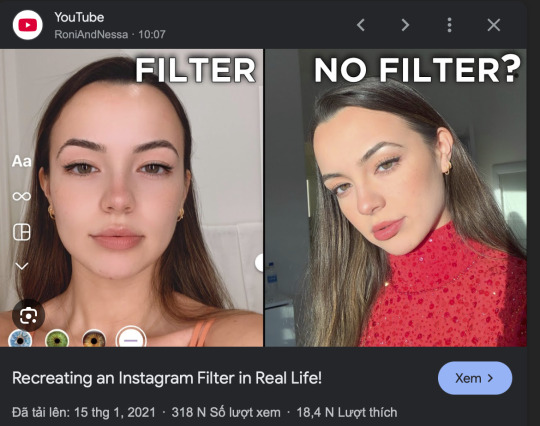#SoftwareLiteracy
Explore tagged Tumblr posts
Text
Instagram Filters with Selena Gomez🤳🏼
WEEK 9 - Software Literacy: Instagram Filters

Hey hey hey, my fellow bloggie peeps ✨
Guess who's back with another blog post? That's right, it's me! 🩷
I’m back with another fabulous blog post, and today, we’re diving into the world of digital citizenship and software literacy through the lens of none other than the Instagram Queen herself—Selena Gomez!

𝐓𝐇𝐄 𝐑𝐈𝐒𝐄 𝐎𝐅 𝐀𝐍 𝐈𝐍𝐒𝐓𝐀𝐆𝐑𝐀𝐌 𝐐𝐔𝐄𝐄𝐍
Selena Gomez isn’t just a superstar in the music and film industry; she’s also a powerhouse on social media, particularly Instagram. With millions of followers hanging on to her every post, Selena has mastered the art of digital citizenship and software literacy, especially when it comes to using Instagram filters to enhance her influence.
Selena Gomez has been in the public eye since her Disney days, but her reign as the Instagram Queen truly began when she embraced the platform to connect with her fans in a more personal and authentic way. Her posts are a blend of professional shots, candid moments, and everything in between, showing her versatility and relatability (Joyce 2023).
But what makes Selena’s Instagram presence so impactful? A big part of it is her savvy use of Instagram filters. These filters aren’t just fun; they’re powerful tools that can shape perceptions, set trends, and boost engagement.

𝐌𝐀𝐒𝐓𝐄𝐑𝐈𝐍𝐆 𝐈𝐍𝐒𝐓𝐀𝐆𝐑𝐀𝐌 𝐅𝐈𝐋𝐓𝐄𝐑𝐒
Selena uses Instagram filters to their full potential, creating visually stunning and cohesive feeds that keep her followers coming back for more. Whether it’s the dreamy glow of a vintage filter, the vibrant pop of color from a high-contrast filter, or the subtle enhancements of a natural filter, Selena knows exactly how to make her photos stand out.
Filters can do more than just beautify an image—they can convey a mood, tell a story, and even create a brand identity. Selena’s consistent filter choices help her maintain a recognizable and appealing aesthetic that resonates with her audience (Rees 2017).
𝐈𝐍𝐅𝐋𝐔𝐄𝐍𝐂𝐈𝐍𝐆 𝐓𝐇𝐄 𝐌𝐄𝐃𝐈𝐀 𝐈𝐍𝐃𝐔𝐒𝐓𝐑𝐘
Selena Gomez’s mastery of Instagram filters isn’t just about looking good; it’s about influencing the media industry in a big way. By setting trends with her filtered photos, she’s able to guide her followers’ tastes and preferences. Brands and influencers often look to her for inspiration, mimicking her style to tap into her massive appeal.
Her influence extends beyond Instagram, affecting how visual media is consumed and created. The filters she uses can inspire entire marketing campaigns, product launches, and fashion trends. When Selena posts, the world listens—and they learn (Powell 2016).
Selena Gomez is a shining example of how to harness the power of Instagram filters to build a personal brand, influence the media industry, and connect with a global audience. Her savvy use of these tools showcases the importance of digital citizenship and software literacy in today’s social media-driven world (Brown & Tiggemann 2020).

𝐓𝐇𝐄 𝐏𝐎𝐖𝐄𝐑 𝐎𝐅 𝐀𝐔𝐓𝐇𝐄𝐍𝐓𝐈𝐂𝐈𝐓𝐘
One of the most powerful aspects of Selena’s Instagram presence is her authenticity. She doesn’t just use filters to hide flaws; she uses them to enhance her reality. By sharing moments of vulnerability alongside her polished posts, she creates a genuine connection with her audience. This balance of authenticity and artistry is what makes her a true digital citizen and a role model in software literacy.
In summary, I personally feel that Selena Gomez is a shining example of how to harness the power of Instagram filters to build a personal brand, influence the media industry, and connect with a global audience. Her savvy use of these tools showcases the importance of digital citizenship and software literacy in today’s social media-driven world.
So, next time you’re scrolling through Instagram and come across one of Selena’s perfectly filtered posts, remember that there’s more to it than meets the eye. It’s a masterclass in digital influence, brought to you by the one and only Instagram Queen.
Keep snapping, filtering, and shining, my peeps! 💖
Stay tuned for more insightful posts, and as always, keep expressing yourself and exploring the digital world! ✨
Love, Zen 🌸

REFERENCES
Brown, Z & Tiggemann, M 2020, ‘A picture is worth a thousand words: The effect of viewing celebrity Instagram images with disclaimer and body positive captions on women’s body image’, Body Image, vol. 33, no. 33, pp. 190–198.
Joyce, JA 2023, The Social Protests of 2020: Visceral Responses to Police Brutality, COVID-19, and Circumscribed Sexuality, Google Books, Rowman & Littlefield, viewed 17 June 2024, https://books.google.com.my/books?hl=en&lr=&id=F83DEAAAQBAJ&oi=fnd&pg=PA125&dq=selena+gomez+instagram+filters+&ots=UEFsnkJjNj&sig=Vd4LPWUBfzx9yfxji7C19OtswOE&redir_esc=y#v=onepage&q&f=false.
Powell, M 2016, ‘A Picture is Worth a Thousand Words: A Content Analysis of Self-Inflicted Face-ism on Instagram’.
Rees, J 2017, An examination of ways that three self-identified feminists feel empowered through Instagram, www.ideals.illinois.edu, viewed 17 June 2024, <https://www.ideals.illinois.edu/items/106965>.
#DigitalCitizenship#SoftwareLiteracy#InstagramFilters#SelenaGomez#InstagramQueen#DigitalCommunities#MDA20009#mda20009
2 notes
·
View notes
Text
🌐 Week Eight: Digital Citizenship and Software Literacy - Instagram Filters 📸✨
In today’s post, we’re diving into the world of Instagram filters and their role in shaping digital citizenship and software literacy. Filters are more than just fun effects - they influence how we see ourselves and others, sometimes altering perceptions in profound ways. With their growing popularity, understanding the implications of filters can help us navigate social media more responsibly.
🌈 The Allure and Impact of Instagram Filters
Instagram filters are a staple of visual social media, allowing users to modify their photos with the tap of a screen. While these filters can be creative and entertaining, they also present a version of reality that isn’t entirely authentic. Filters act as cultural tools that shape our perceptions, subtly reinforcing beauty ideals by smoothing skin, brightening eyes, or changing skin tones (Rettberg 2014). Filters, in this way, aren’t just decorative - they influence what we see as desirable and even “normal.”
As users, we should be aware of how filters affect our self-image and interactions with others. Filters can reinforce narrow beauty standards that leave little room for diversity. For example, beauty filters can often alter facial features to align with Eurocentric ideals, which can be damaging to self-esteem and cultural identity (Baker 2020). This isn’t just a minor issue; it’s a form of digital literacy we must cultivate to critically engage with the content we create and consume.
You can easily find a series of "HOW TO LOOK LIKE AN INSTGRAM FILTER IN REAL LIFE" on Google.

👁️ Biometric Influence: Filters and Machine Vision
Instagram filters don’t just modify images; they also teach us how to interact with machine vision. Filters work by using augmented reality (AR) to superimpose changes onto our faces in real-time, effectively turning our selfies into data for machine learning (Rettberg, 2017). This process can affect our self-perception, as we adapt our images to match the “ideal” encoded within the filters. According to Rettberg (2017), our engagement with these filters is part of a broader trend toward biometric citizenship, where our faces become data points in algorithmic systems (Rettberg, 2017).
The implications of this are significant. As we grow accustomed to using filters, we might be subtly shifting our ideas of beauty and self-worth to align with machine-driven standards. It’s essential to develop software literacy so we can understand the influence these tools have on us and use them more mindfully.

🔍 Navigating the Ethics of Filter Use
Understanding software literacy means recognizing both the benefits and drawbacks of filters. While filters can be fun and allow for creative expression, they can also lead to digital deskilling, as we rely on pre-made effects rather than creating original content. Filters encourage us to present polished versions of ourselves, which might not always reflect reality. By questioning our use of filters, we engage in digital citizenship, making informed choices about how we want to be perceived online (Barker, 2020).
In light of this, digital citizens can make a conscious effort to either reject or use filters in ways that support genuine self-expression and inclusivity. It’s also helpful to encourage conversations about the impact of filters on body image and self-esteem. As Rettberg (2014) reminds us, filters are both cultural and technological tools that shape our experiences—so let’s make sure we’re shaping them with intention.



References
Barker, J 2020, Making-up on mobile: The pretty filters and ugly implications of Snapchat, Fashion, Style & Popular Culture, vol. 7, no. 2 & 3, pp. 207-221, DOI: 10.1386/fspc_00015_1.
Rettberg, JW 2014, Seeing Ourselves Through Technology: How We Use Selfies, Blogs and Wearable Devices to See and Shape Ourselves, Palgrave Macmillan, Basingstoke, DOI: 10.1057/9781137476661.0004.
Rettberg, JW 2017, ‘Biometric Citizens: Adapting Our Selfies to Machine Vision’, in Selfie Citizenship, ed. Kuntsman, A., Springer, Cham, DOI: 10.1007/978-3-319-45270-8_10.
0 notes